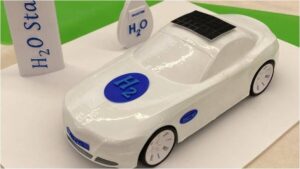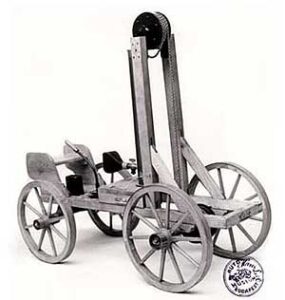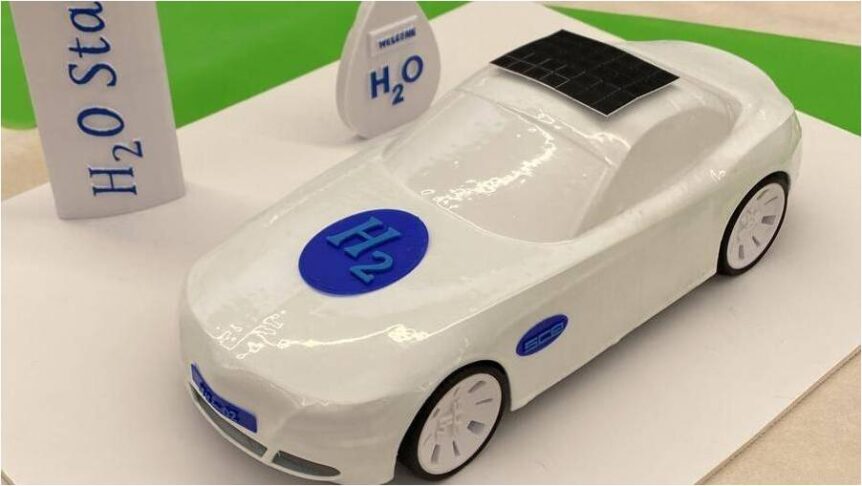Can we make green hydrogen (or other energy sources) from scrap we otherwise throw away? One of the frequently announced “breakthroughs” recurrently finding its way to our attention is that scrap food or farm waste has found its way to becoming aviation fuel, for instance. United and Alaska Airlines have flown aircraft powered by biofuels produced from food waste by suppliers at SEATAC airport in Seattle, Washington.
Hydrogen is undergoing a growth spurt. The U. S. Department of Energy explains, “Hydrogen is an energy carrier that can be used to store, move, and deliver energy produced from other sources.” Green hydrogen seems to be an answer to many demands. It comes from splitting water, and if produced through clean means, is a carbon neutral to carbon negative product.
Stainless Steel Powder and Water
Dr. Guy Ben Hamu, Head of the Department of Mechanical Engineering at Sami Shamoon College of Engineering, explains the process uses H2 trapping, something usually related to hydrogen embrittlement of metals.
As reported in YNetNews.com, “the hydrogen embrittlement (HE) of 316L stainless steel produced by laser powder bed fusion (L-PBF) was investigated by means of hydrogen trapping.”
In this case, combining powdered metal in water helps liberate H2 in a process, “Devoid of carbon dioxide emissions,” according to Dr. Hamu.
He continues, “We add a stainless steel powder to water then and through an electrochemical process produce hydrogen. We do not introduce any other energy to the water and the hydrogen is released from it spontaneously. In order to produce a large amount, solar energy can be added, and then more hydrogen can be produced in a short span of time.”
The research team has been running a miniature car around the lab, powered by electricity from the stainless steel and water mix.

Car runs on H2 in either short-term, high-power mode or long-term, high-energy mode
The means by which the electrified mix of water and stainless steel is fed to an electric motor (in the case of the model car) is not explained, leading one to wonder whether a miniature fuel cell is involved, or if direct injection of H2 into a small internal combustion engine takes place.
Honoring the Sabbath
According to Ben Hamu, this process has the potential to provide an energy source that would be usable during the Jewish sabbath without risking the violation of religious law.
This strategy avoids the use of complicated systems and – depending on solar or other forms of clean energy are used – it can be stopped at times that align with religious rules in the country.
“As long as we can add the powder to water, we can make electricity.”
H2 Cars Go Back Further Than We Might Think

Would you believe 1807?
According to Automostory.com, “The first hydrogen car invented was not a fuel cell vehicle (FCV) but rather an internal combustion engine. Swiss inventor Francois Isaac de Rivaz in 1807 designed the first 4-wheel prototype (pictured) that ran on hydrogen and oxygen gas. The hydrogen gas was contained in a balloon and the ignition was an electrical Volta starter.”

